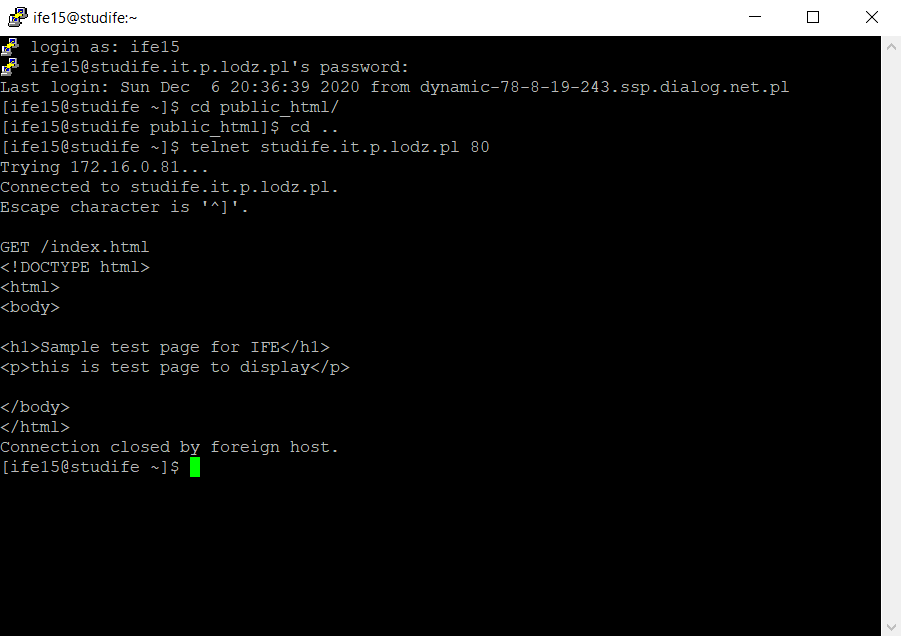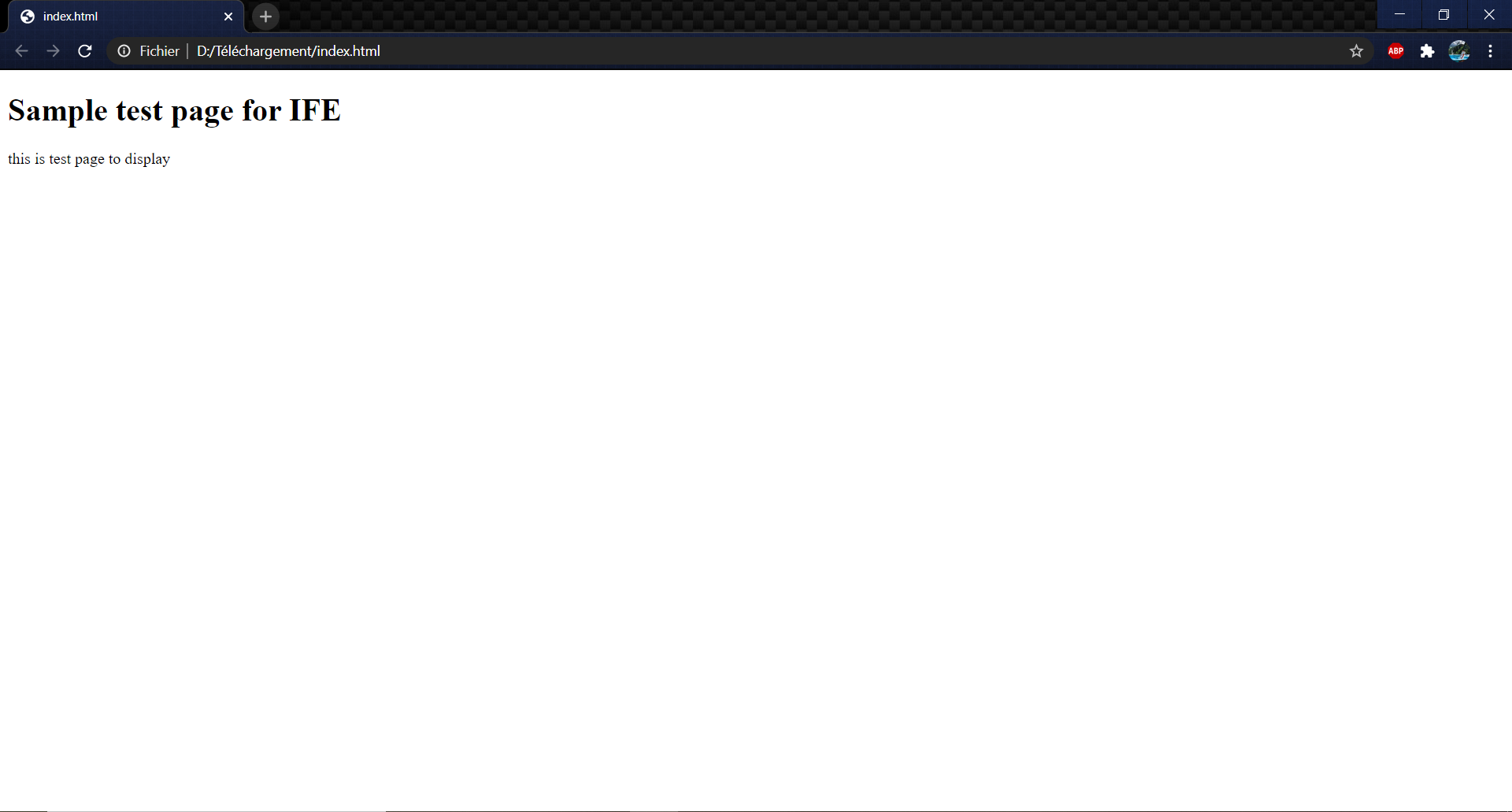Adrien Bussy / Jerome Maschio-Esposito ife15
Assignment 1

Theoretical part
Question 1:
ISO stands for International organization of Standardization. This is called a model for Open System Interconnection (OSI) and is commonly known as OSI model. The ISO-OSI model is a seven-layer architecture. It defines seven layers or levels in a complete communication system. They are:
• Application
• Presentation
• Session
• Transport
• Network
• Link
• Physical
Firstly, a protocol defines the format and the order of the messages exchanged. Secondly the syntax, semantics, and actions on receipt/transmission of a message. It allows devices can understand and communicate each other in the same language. They must be unambiguous.
-Application Layer allows to Transfer files to the user. Mail services, directory services, network resource etc are services provided by application layer. This layer mainly holds application programs to act upon the received and to be sent data.
-Presentation Layer takes care that the data is sent in such a way that the receiver will understand the information and will be able to use the data. While receiving the data, presentation layer transforms the data to be ready for the application layer.
-Session Layer manages and synchronize the conversation between two different applications. Transfer of data from source to destination session layer streams of data are marked and are resynchronized properly, so that the ends of the messages are not cut prematurely, and data loss is avoided.
-Transport Layer decides if data transmission should be on parallel path or single path. Functions such as Multiplexing, Segmenting or Splitting on the data are done by this layer. It receives messages from the Session layer above it, convert the message into smaller units and passes it on to the Network layer.
-Network Layer acts as a network controller. It manages the Subnet traffic, decides by which route data should take and divides the outgoing messages into packets and assembles the incoming packets into messages for higher levels.
-Link layer synchronizes the information which is to be transmitted over the physical layer. The main function of this layer is to make sure data transfer is error free from one node to another, over the physical layer. Transmitting and receiving data frames sequentially is managed by this layer.
-Physical Layer is the lowest layer of the OSI Model. It activates, maintains, and deactivates the physical connection. It is responsible for transmission and reception of the unstructured raw data over network. It converts the digital/analogy bits into electrical signal or optical signals. Data encoding is also done in this layer.
Question 2:
This picture shows the protocol name for each layer:

Question 3:
Application: DNS, FTP, HTTP, MIME, NNTP, SIP, SSL, Telnet, TLS
Session: NetBIOS, RTP
Transport: RS-232, RS-449, TCP, UDP
Network: DHCP, ICMP, IGMP, IPv4, IPv6
Link: ARP, IEEE 1394, IEEE 802.11, L2TP, SLIP
Physical: Bluetooth, USB
Practical part
Question 1 to 3:


Question 4:
When we ping the server we can see that on Wireshark:
So there are two protocoles TCP (Transport) and RTP (Session).





